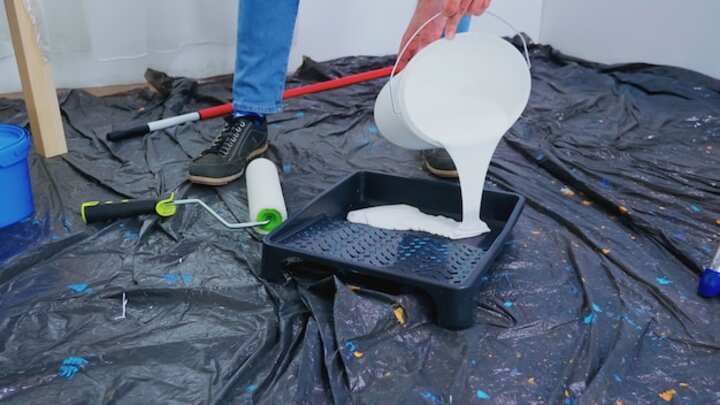
Enhance Your Foundation with Expert Soil Injection Stabilization
Soil injection stabilization is an advanced technique used to fortify foundations by improving the load-bearing capacity of the soil underneath. This method is particularly beneficial for structures experiencing foundation settlement or instability due to weak or loose soil conditions. By injecting stabilizing agents into the soil, this process ensures long-term durability and stability, making it an essential consideration for both residential and commercial property owners. Understanding the nuances of soil injection stabilization can provide property owners with the necessary insights to safeguard their investments effectively.
Understanding Soil Injection Stabilization
Soil injection stabilization involves the injection of a stabilizing material, often a type of grout or resin, into the soil beneath a structure. This process is designed to improve soil properties, increase load-bearing capacity, and mitigate the risks associated with soil settlement. This technique is particularly useful in areas with expansive clay soils, loose or sandy substrates, or where there is a need to reinforce the foundation without extensive excavation.
Key Benefits
- Increased foundation stability and longevity.
- Minimized risk of structural damage due to soil movement.
- Cost-effective compared to traditional excavation and rebuilding methods.
- Reduced disruption to the property and surrounding area.
- Quick and efficient application with minimal downtime.
When to Consider Soil Injection Stabilization
Recognizing the signs of foundation issues early can prevent costly repairs in the future. Consider soil injection stabilization if you notice:
- Cracks in walls or ceilings.
- Doors or windows that stick or do not close properly.
- Uneven or sloping floors.
- Visible gaps around doors or windows.
- Water pooling around the foundation.
For more detailed information on identifying foundation issues, read more about this topic.
The Soil Injection Process
The soil injection process typically involves a series of steps to ensure effective stabilization. These steps include:
- Assessment of the soil and foundation condition by a qualified professional.
- Selection of the appropriate stabilizing agent based on soil type and structural needs.
- Injection of the stabilizing material into strategic locations to reinforce the soil.
- Monitoring and testing to ensure the effectiveness of the stabilization.
Learn more in this detailed guide about the soil injection process.
Choosing Professional Services
When selecting a service provider for soil injection stabilization, it is essential to consider several factors to ensure quality outcomes:
- Experience and expertise in soil stabilization techniques.
- Use of high-quality materials and advanced technology.
- Positive client testimonials and case studies.
- Comprehensive assessment and customized solutions.
Explore further insights here to assist in making an informed decision.
Conclusion
Soil injection stabilization offers an effective solution for addressing foundation issues stemming from unstable soil conditions. By comprehensively understanding the process and benefits, property owners can make informed decisions to enhance the safety and longevity of their structures. For anyone facing potential foundation challenges, considering this innovative technique is a prudent step towards safeguarding their investment. Find additional information here to explore the possibilities of soil injection stabilization further.